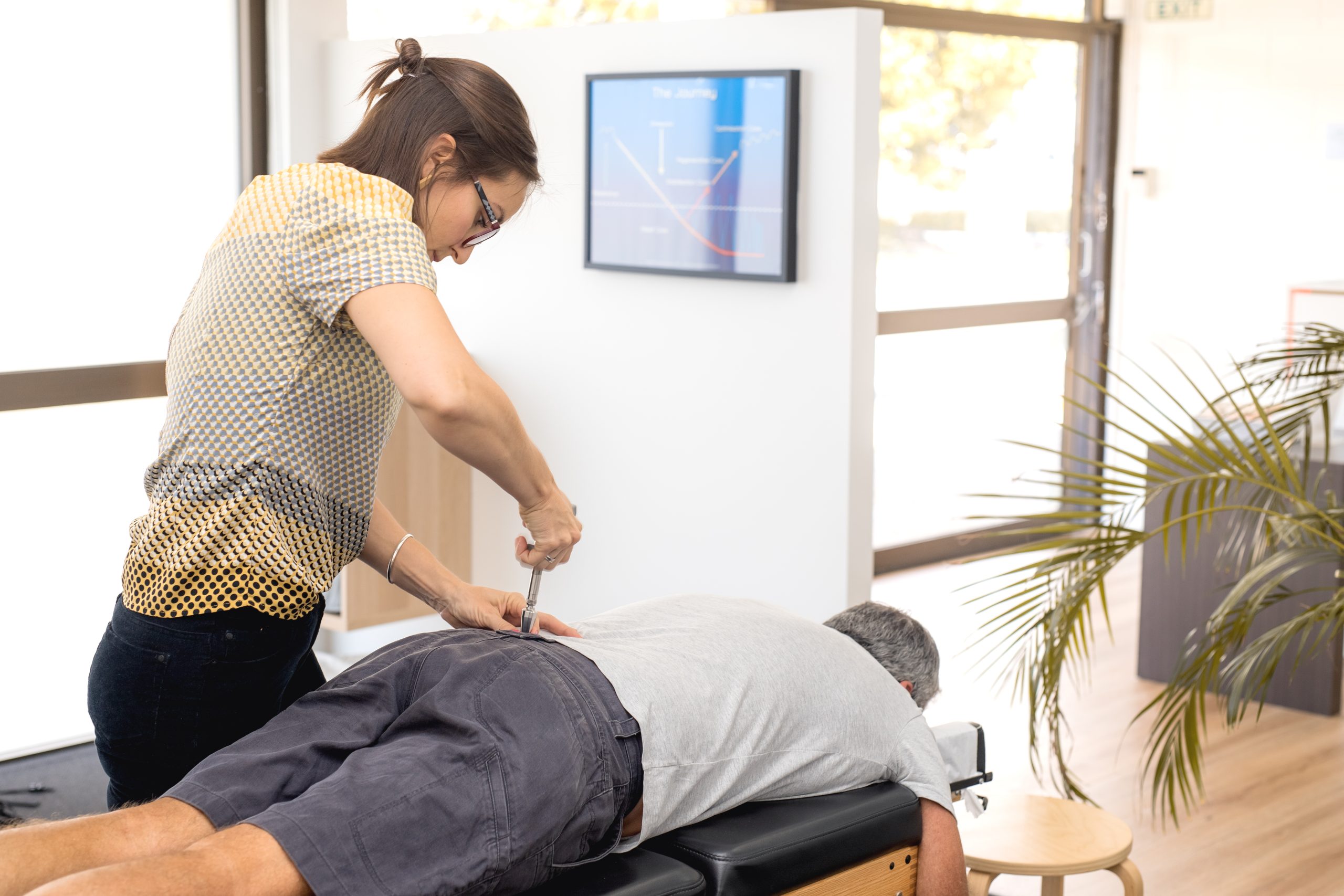Peripheral neuropathy, a condition that affects the peripheral nerves, often results in symptoms such as pain, tingling, numbness, and weakness in the extremities. While managing these symptoms can be challenging, incorporating simple exercises into your daily routine can be an effective way to reduce discomfort and improve overall nerve function. Exercise helps to increase blood circulation, strengthen muscles, and maintain flexibility, all of which can alleviate some of the pain associated with peripheral neuropathy. Here are some simple exercises that can help manage and reduce neuropathic pain.
1. Walking
Walking is one of the simplest and most effective exercises for individuals with peripheral neuropathy. It promotes blood circulation, particularly to the legs and feet, which can help nourish damaged nerves and reduce pain. Walking also helps improve balance and coordination, reducing the risk of falls and injuries.
Start with short, manageable walks, and gradually increase the duration and intensity as your endurance improves. Aim for at least 20 to 30 minutes of walking most days of the week. If balance is an issue, consider using a walking aid or walking on flat, even surfaces to minimize the risk of falls.
2. Seated Leg Lifts
Seated leg lifts are a gentle exercise that can help strengthen the muscles in your legs and improve circulation, which is crucial for individuals with peripheral neuropathy. This exercise is particularly beneficial for those who have difficulty standing or walking for extended periods.
To perform seated leg lifts:
- Sit in a sturdy chair with your feet flat on the floor and your back straight.
- Slowly lift one leg, keeping it straight, until it is parallel to the floor.
- Hold the position for a few seconds, then slowly lower the leg back to the starting position.
- Repeat the exercise with the other leg.
Aim to perform 10 to 15 repetitions on each leg, gradually increasing the number as your strength improves.
3. Ankle Circles
Ankle circles are a simple yet effective exercise for improving circulation and flexibility in the lower extremities. This exercise can help reduce stiffness and improve the range of motion in the ankles, which is often affected by peripheral neuropathy.
To perform ankle circles:
- Sit comfortably in a chair or on the edge of your bed.
- Lift one foot off the ground and gently rotate your ankle in a circular motion.
- Make 10 to 15 circles in one direction, then reverse and make 10 to 15 circles in the opposite direction.
- Repeat the exercise with the other ankle.
Performing ankle circles daily can help keep your ankles flexible and reduce pain and discomfort.
4. Toe Taps
Toe taps are another simple exercise that helps improve circulation and strengthen the muscles in your feet and lower legs. This exercise can also help reduce stiffness and pain associated with peripheral neuropathy.
To perform toe taps:
- Sit in a chair with your feet flat on the floor.
- Keeping your heels on the ground, lift your toes as high as you can, then lower them back down.
- Perform 15 to 20 repetitions, focusing on controlled movements.
This exercise can be done multiple times a day and is particularly beneficial for improving circulation in the feet.
5. Hand and Finger Exercises
For those experiencing peripheral neuropathy in the hands, simple hand and finger exercises can help reduce pain and improve dexterity. These exercises help maintain flexibility and strength in the hands, which can alleviate some of the discomfort associated with nerve damage.
One effective exercise is the fist clench:
- Start with your fingers extended.
- Slowly clench your hand into a fist, squeezing gently.
- Hold the fist for a few seconds, then slowly release and extend your fingers.
- Repeat this exercise 10 to 15 times with each hand.
Another helpful exercise is finger bending:
- Start with your hand open and fingers extended.
- Bend each finger individually towards your palm, holding the position for a few seconds before releasing.
- Repeat the exercise 10 times with each hand.
Conclusion
Incorporating these simple exercises into your daily routine can make a significant difference in managing peripheral neuropathy pain. By improving circulation, strengthening muscles, and maintaining flexibility, these exercises can help alleviate discomfort and enhance your overall quality of life. Always consult with your healthcare provider before starting any new exercise regimen to ensure it’s safe and appropriate for your specific condition. With consistent practice, these exercises can become a valuable part of your neuropathy management plan.




